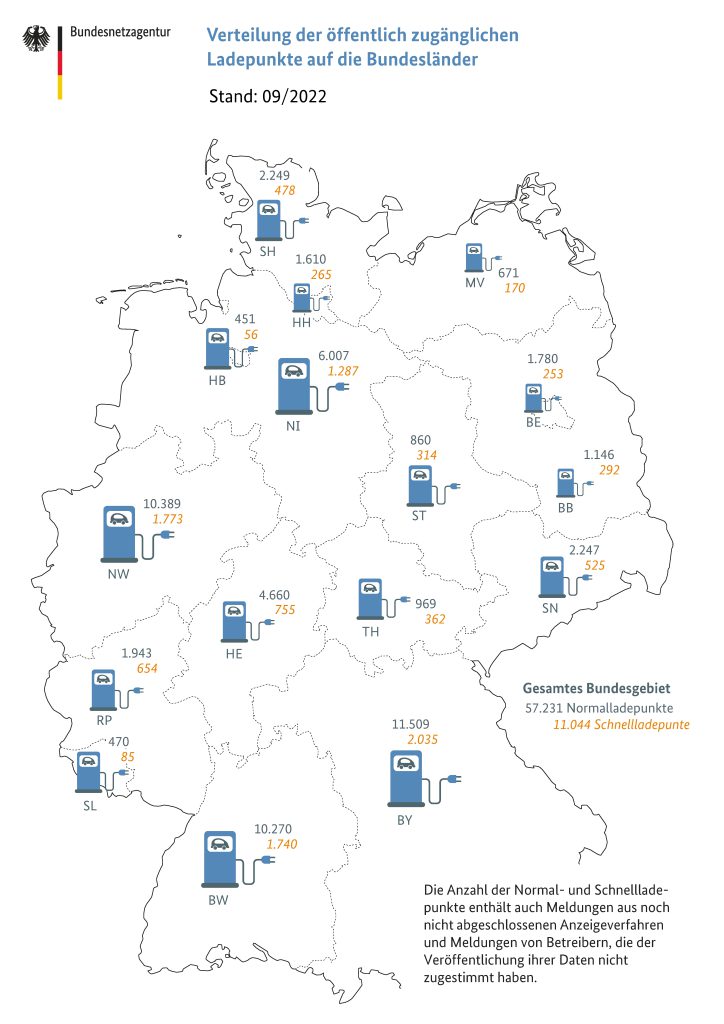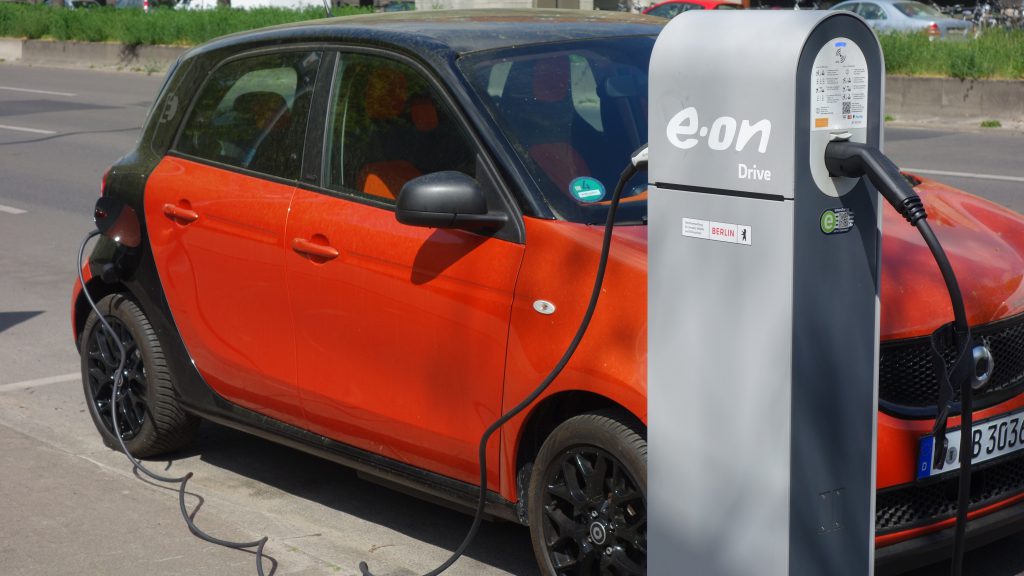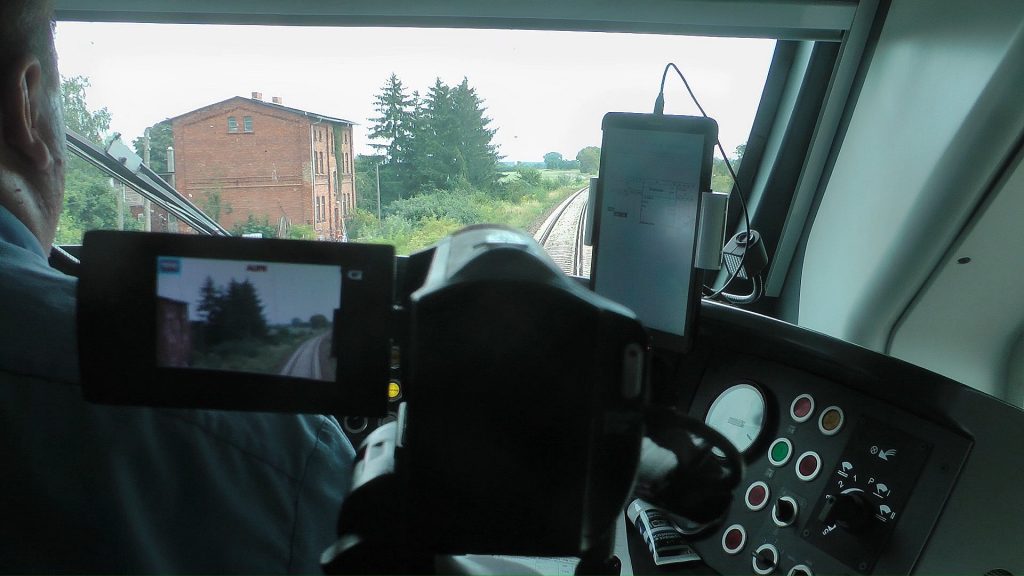The Federal Cabinet decided on 68 measures to speed up the development of the charging infrastructure. Under the leadership of the Federal Ministry of Transport, around 80 players, including federal states, municipalities, associations and companies, were involved in developing the plans.
The managing director of the German Transport Forum DVF Dr. Heike van Hoorn has a positive assessment of the new concept: “Electromobility is the core building block for climate protection in road traffic. The decisive prerequisite is the rapid and comprehensive expansion of the charging infrastructure. That is why we very much welcome the further development of the master plan.
However, there is a delay in important measures, such as the preparation for electrified long-distance truck transport, the provision of space, the availability of real-time data and problem-free payment methods. The reasons for this lie not least in the complex regulation, the fragmented responsibilities and the inconsistent implementation of grid connections, approval requirements and technical connection conditions. These issues must now be tackled vigorously.”
Right at the beginning, the master plan (LINK: www.bmdv.bund.de/masterplan-ladeinfrastruktur-2) makes remarkable statements that should be balm for the soul of many citizens: “The focus of the overall strategy of the federal government is therefore the ease of use. The objective of Master Plan II is to set up an overall charging infrastructure system that makes electric road traffic possible for all user groups. In the future, charging should be as simple as it is self-evident, just like refueling is today.”
The plan calls for non-discriminatory access to all public charging points for users. For acceptance, it is of the utmost importance that remaining uncertainties regarding the charging process at the charging points are eliminated – starting with the search for a free, publicly accessible charging point and the expected equipment of the charging location, through authentication and starting the charging process. These include, in particular, systems for automatic and user-friendly authentication and payment of charging processes, which give users contractual options, through to price transparency, billing and accessibility.
Around 70,000 charging points in Germany
Publicly accessible charging points for electric vehicles must meet minimum technical requirements. In order to be able to check compliance with these requirements in accordance with the charging station ordinance with the latest amendments of January 1, 2022, operators are obliged to notify the Federal Network Agency of their publicly accessible charging infrastructure.
With the consent of the operator, this can publish reported charging points on a “charging station map”. In this way, there is at least an approximate overview of the extent to which Germany is set up for charging electric cars and trucks.
A total of 57,231 normal charging points and 11,044 fast charging points were reported to the Federal Network Agency that were in operation on September 1, 2022.

According to the Federal Network Agency, this information contains reports from notification procedures that have not yet been completed and from operators who have not agreed to the publication of their complete data. Johannes Pallasch, spokesman for the National Control Center for Charging Infrastructure, is involved in the expansion plans.
Pallasch commented on the new master plan as follows: “The acceleration of approval procedures, the integration of the charging infrastructure into the power grid and the digitization of the entire system are just a few of the challenges that need to be tackled. The charging infrastructure master plan II provides the timetable for this. As the national control center for charging infrastructure, we support the implementation of the measures with our needs planning and our digital tools, among other things.”
Integration, digitisation, simplification, acceleration
With the help of the requirements planning of the National Control Center for Charging Infrastructure, the expansion of the charging infrastructure and the power grid should be coordinated optimally and with foresight, according to the Ministry of Transport: ” “With the Federal Network Agency and the network and charging infrastructure operators, the processes for connecting to the grid will be organized in a simpler, more transparent and more efficient manner. In addition to accelerating processes, the primary goal is to equip the networks for the growing demands.”
Overall, the charging of millions of additional electric cars should be ensured. The wording according to which “a program for the promotion of a package consisting of a PV system, temporary storage and a controllable and ideally bidirectional wall box is aimed for” was deleted from the first master plan. It is now said that by the beginning of 2023 it should be examined “how the use of self-generated renewable electricity for one’s own electric vehicle or fleet of electric vehicles can be made most effective when expanding private charging infrastructure”.
According to Minister Wissing, the government wants to “set incentives for decentralised energy production”. Ideally, owners of photovoltaic systems should be able to use the electricity they generate to charge their own vehicle free of charge. So far, self-consumption in Germany has had to be taxed in many cases.
As part of the digitisation strategy, data such as the occupancy status of charging points will be made available in real time in the future, it goes on to say: “It will also be ensured that the planning of the charging infrastructure development is based on solid data and analyzes of the distribution and use of the charging points.”
For this purpose, private, non-public charging points are to be surveyed and included for the first time. A support package for the planning, implementation and financing of charging infrastructure is aimed at the municipalities. These include local master plans, regional charging infrastructure managers, digital consulting and training tools, as well as guidelines and templates for optimizing planning and approval processes.
Since the battery-electric truck is to be used more regionally and on long-distance routes, a suitable charging infrastructure is also to be set up in the near future. “In 2023, the BMDV will tender an initial public truck charging network,” announced the German Ministry of Transport.
With its own bundle of measures, the master plan addresses further challenges in the construction and operation of charging infrastructure for e-trucks, e.g. on private company premises or when supplying electricity to non-company vehicles.
Hermann Schmidtendorf, Editor-in-Chief









